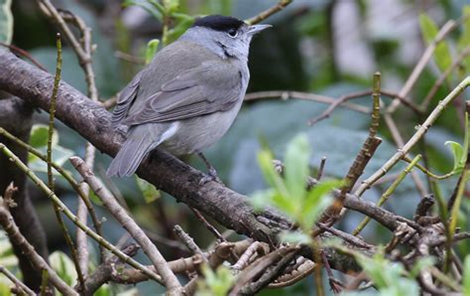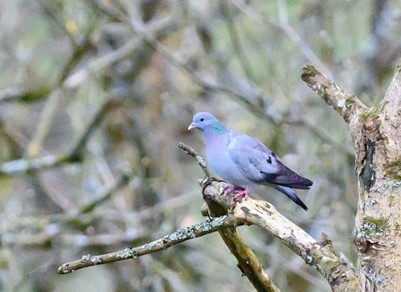The results of the spring and summer bird surveys carried out by an independent consultant on our campuses have been received and we wanted to share the highlights.
St Luke’s Campus
Over the five year period 2016-2021, there has been a steady increase in the population of birds recorded during the breeding season across the campus. 2021 saw the highest number of total birds ever recorded – 295 – which eclipses the last record of 286 in 2019.
Once again, the Wood Pigeon remains the number one species recorded across the campus, the Blackbird makes a welcome return at number two at the expense of the Starling who drops to number five, whilst the House Sparrow and Herring Gull remain at number three and four respectively.
No new species were recorded across the campus, so the total remains at 29 different species of birds recorded over the period 2013-2021.
Streatham Campus
The top four species recorded across the campus – Wood Pigeon, Blackbird, Robin and Wren – remain the same as was found in the previous surveys in 2019. The Blue Tit makes a welcome return at number five, replacing the Jackdaw in this position.
The total number of birds recorded this year was 1,435 which represents a net fall of 137 birds from the last bird surveys in 2019; a decrease of 8.7%. However, this is still well above the all time low of 1,284 birds recorded in 2017, and very much returning to the number of birds recorded in 2016.
174 birds on the red and amber listed species were recorded this year, showing that the campus has a relatively stable and healthy population of red and amber listed birds.
Interesting Observation – Blackcap
This year the Blackcap was recorded in all survey areas across the campus, with a likely breeding population of 26 which is well above the yearly average for the period 2008 to 2021, which currently stands at 18.
The Blackcap is one of the more common Sylvia warblers, identified by its rather stocky body with dirty grey plumage above and olive grey below. The male of the species has a small black cap, whilst the female sports a very distinct reddish brown cap. A summer migrant, arriving in early spring, the Blackcap is widely distributed throughout Devon during the breeding season, and is easily identified by its rich warbling song. Choice of habitat for nesting, is woodlands, parks and gardens that have areas of dense undergrowth. The Blackcap builds a nest low down in a bush and lays 4-5 eggs, having two broods between April and July.

Interesting Observation – Stock Dove
This breeding season, Stock Doves were recorded in small numbers in all survey areas across the campus. An amber listed species, the Stock Dove is very similar in shape and size to a Feral Pigeon, but smaller than its close relative the Wood Pigeon (of which there are many to be found on campus). The Stock Dove has blue grey plumage with a very distinct iridescent green neck patch and a pink chest. It can be confused with the Wood Pigeon, but apart from being smaller, also lacks the prominent white neck patch and broad white wing bands of the Wood Pigeon.
The Stock Dove breeds in open woodland, farmland with hedges and scattered trees and larger parks with mature deciduous trees such as oak. Unlike the Wood Pigeon that builds a platform of twigs for a nest on a branch of a tree, the Stock Dove prefers to use a hole in a tree or a farm building.

